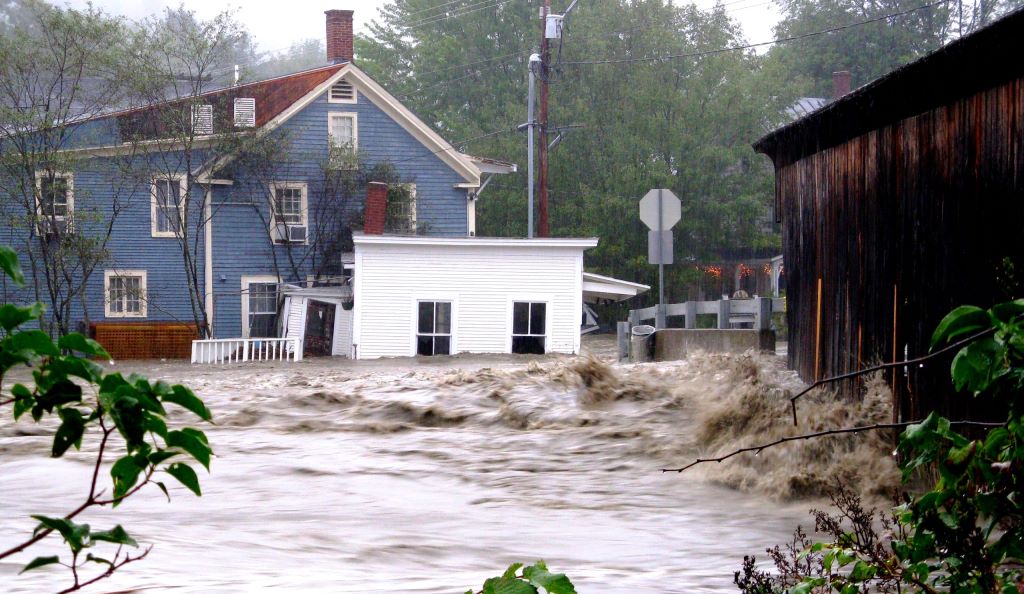The United States Interagency Council on Homelessness (USICH) has created a new resource roundup to provide U.S. communities with an inventory of tools that can help communities develop strategies to address the unique needs of people experiencing homelessness before, during, and after environmental disasters and hazards.
Climate change has resulted in more frequent and severe natural disasters that can displace people from their homes and put lives at risk.
People experiencing homelessness—especially people from underserved and marginalized communities, including Black and Latino/a populations and tribal nations—face even greater health and safety risks during (and less ability to prepare for and recover from) wildfires, floods, hurricanes, and other climate-related crises.
For example, without proper planning and implementation by emergency response systems, people experiencing homelessness may not receive disaster communications, may be left out of evacuation plans, and may not be welcome or appropriately cared for in disaster shelters.
Further, people experiencing unsheltered homelessness are particularly vulnerable to environmental disasters and hazards, and the criminalization of homelessness can worsen these impacts by displacing people to more environmentally toxic areas.
The resources cover the following topics:
- Relevant Federal Funding
- Disaster Preparedness
- Disaster Response
- Disaster Recovery
- Environmental Hazards
- Engaging People Experiencing Homelessness
- Community and Federal Contacts for Coordination
Photo of Hurricane Irene courtesy of USEPA.

